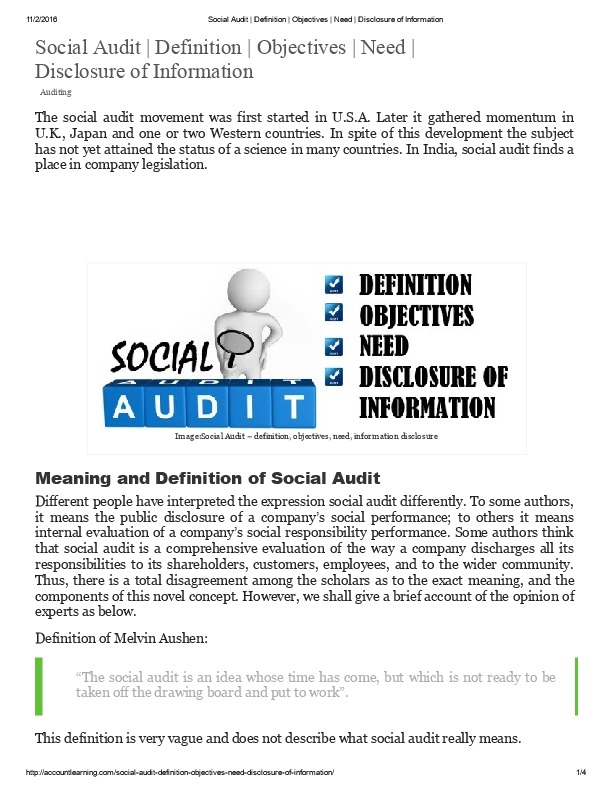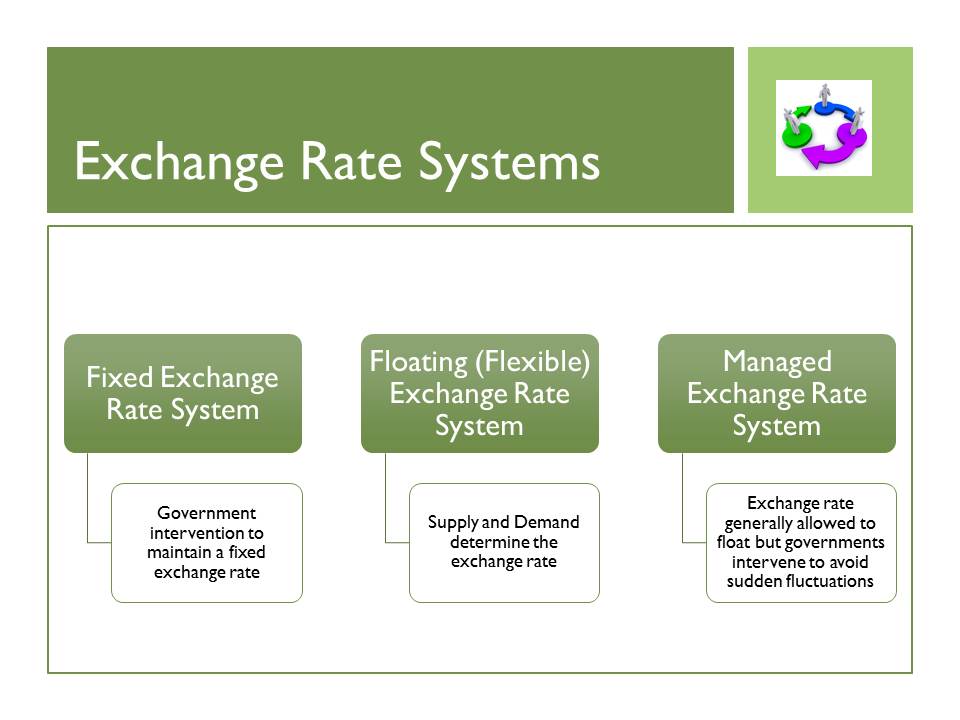Contents:


Possession of products from the producer to the ultimate consumers. Explain the major activities involved in the physical distribution of products. What are the factors affecting determination of the price of a product or service?
Let’s get more details about various distribution channel levels. The three-level channel is identical to the two-level channel, but the goods flow from the manufacturer to an agent and finally to a wholesaler. In this channel, agents help sell the goods and quickly deliver the goods to the market.
Super stockists and carrying and forwarding agents are two types of agents. Based on the product quality, this method is excellent for manufacturers and even for the retail outlets or chain stores. Once we define the distribution channel, it is vital to understand the expected characteristics. It implies that transportation and other logistical supplies must be used at maximum capacity and cheapest possible rates.
With the enhancement of channel possibilities and customer segments, many companies implement multi-channel distribution systems, usually known as hybrid marketing channels. In recent years, there has been a surge in hybrid channel systems. After thoroughly learning what the channels of distribution are and what their functions are, the next significant aspect is to understand the types of distribution channels. Availability of products, easy approach and the way it reaches the end consumer affects the demands in the market at various levels. The distribution channel is a crucial element around which many marketing strategies of a product revolve.
- Despite the fact that some middlemen have been removed from the route as a result of national and state government intervention.
- All of them are mentioned below and a bit of knowledge about them.
- These things don’t usually demand a lengthy purchase choice including extensive study by the consumer.
- Many intermediaries offer about 30 to 45 days to the retailers for paying back.
Channels of distribution refer to the individuals, institutions, agents who facilitate the process of distribution. They facilitate the transfer of goods from the place of production to the place where they are consumed. For example, for a manufacturer of sugar in Punjab, it would be difficult to contact the customers in other parts of the country.
Also, determine how distribution processes can be optimized and then adapt the project to the characteristics and needs of the type of sales you do. Let’s understand how distribution benefits the company via direct sales. Generally, the two-level channel is appropriate for more cost-effective, long-lasting goods featuring a bigger target market. Manufacturer or producer sells goods to different intermediaries who, in turn, sell them to the end consumers. Note that the movement of goods can incorporate changes in titles from one point to another. Understanding what a channel of distribution is will not suffice.
Here is the complete explanation of these functions:
In this way, the title of goods changes hands, and goods flow from producer to consumer. In the absence of any buying and selling, there won’t be any transaction. HomeBCOMG Solved AssignmentWhat do you understand by channel of distribution? I hope you got What is marketing channel, roles of marketing channel and examples of marketing channel. – Intermediaries selling is a channel in which a company can take help from the Broker or Agents, Wholesaler and Retailers to reach their customers. Facilitating functions or helping functions.So these are the roles of the marketing channel.
With the intensive distribution approach, products are distributed to as many retail outlets as possible. Gum, for example, is a product that frequently employs this method. Gum can be found in petrol stations, grocery stores, vending machines, and retail stores such as Target. This strategy is based on making a big number of products available in numerous locations.
Accenture Layoffs Impacting 19,000 Workers Globally – Channel Futures
Accenture Layoffs Impacting 19,000 Workers Globally.
Posted: Thu, 23 Mar 2023 07:00:00 GMT [source]
There is so much to consider when developing a distribution strategy — how do you make sense of it all? The key is managing your data and understanding what it’s trying to tell you about your company’s needs, your products and services, B2B customers, and end consumers. Does it need to be bundled with other products in order to be useful or attractive? If you’re selling fresh vegetables from a small farm, your best distribution channel might be direct, selling at a local farmers’ market. If you’re selling a specific piece of computer hardware, you might be better off working with a VAR or major retailer of computer products that complement your product. Using software like Salesforce Einstein, AI sales technology allows companies to effectively manage sales, and automatically achieve high-quality CRM.
Unit 4 Topic: Channels of Distribution
This channel of distribution allows manufacturers to maintain control while reaching out to a large number of potential customers. As the name suggests, direct channels do not have any middlemen. To sell their product, the manufacturer interacts directly with their customers.
Direct routes are preferred by companies who seek complete control over their distribution. Those companies who don’t care about control or are only concerned in product sales, on the other hand, choose indirect channels. Exclusive distribution entails middlemen delivering a company’s items to certain retail locations.
The functions of a reservoir offset voltage applied to physically … – Nature.com
The functions of a reservoir offset voltage applied to physically ….
Posted: Tue, 21 Jun 2022 07:00:00 GMT [source]
Beware of channel conflict if you choose to use multiple distribution channels for the same product. This occurs when your efforts, say, in direct selling via eCommerce, get in the way of the same customers purchasing your product or service through an intermediary like a retailer. A product goes into the market through multiple marketing channels. The process of going from a product from the manufacturer to the retailer is called distribution channels. And, the marketing channel is generally called a distribution method of products, under which a company can easily transfer their goods from one person to another through multiple mediums. In indirect distribution channels, manufacturers depend on a network of retailers and wholesalers to sell their products.
Types of Distribution Channels:
– In direct selling people sell products to the consumers directly. In modern direct selling, the sales are made through one on one demonstration, personal contact agreement or internet sales. Marketing channels ensure mobility of products or services from the manufacturing units to the consumers. Without a proper distribution of merchandise, the manufacturer won’t realize the required value of his production. All this has become possible because of the marketing channels. Lay’s has a limited number of manufacturing units in our country.

Costly goods like computers and luxury automobiles are also directly sold. Some manufacturers open their own retail shops in many localities and sell goods directly to consumers. Perishable and non-perishable goods producers sell their wares to customers by opening their own retail stores. Manufacturers can move goods quickly through retail stores and provide satisfactory service to customers, resulting in positive word-of-mouth. Marketing needs a lot of effort and strategy, along with the potential availability of distributors and customers. Now, the manufacturer may decide to sell their product directly to their customer, or they may want to take the help of distributors to sell their product indirectly to their customer base.
Hybrid channels benefit companies facing vast and complex markets. Every time a new channel is created, the company increases its sales and market exposure. Moreover, it attains opportunities to customise its services and products to the explicit requirements of varied customer segments.
Considerations When Developing a Distribution Strategy
Then, perhaps the bigger wholesalers and retailers are the perfect intermediaries within an indirect distribution channel. A Channel of distribution is mainly concerned with second participant i.e., the intermediaries. The term ‘Channel of Distribution’ refers to the route taken by goods as they flow from the producer to the consumer. This flow of goods may mean its physical distribution and/or the transfer of title . Channels of distribution are mainly concerned with the transfer of title to a product which may be effected directly or through a chain of intermediaries.
So, what is distribution channel and how does it influence the product demand, we will know everything in the below article. While the above four channels talk about the forward movement of products, another critical movement, which makes up for the final channel, is the reverse flow channel. Return of products from customers to producers, resale of the products purchased, recycling, and disposal after the usage are examples of activities on the reverse flow channel.
In this method, intermediaries carry the firm’s products to particular sales outlets. It implies that only the exclusive retail outlets can sell goods to consumers. People, institutions, merchants, and functionaries, who take part in the distribution of goods and services are called ‘Channels of Distribution’. Channels of distribution are set of firms and individuals that take title or assist in transferring title; to particular goods or services as it moves from the producers to the consumers.
The distributors sell the product to the wholesalers and finally, the retailers sell it to the customers. And this is who the one packet of Lay’s chips reaches to its end consumer from the manufacturing unit. Hybrid channel systems, on the other hand, are more difficult to manage and produce conflict as numerous channels fight for clients and sales. Consumer segment 1 is served directly by the producer via direct-mail catalogs and telemarketing, while consumer segment 2 is served via retailers. It sells to business segment 1 indirectly through distributors and dealers, and to business segment 2 directly through its salesforce. Distribution channels are the flow that a good or service tracks from manufacturing to the end buyer.
Factors that influence the selection of Distribution channels:
Selling through shops that employ product assortments is ideal if clients anticipate getting all of their necessities in one place. Direct routes are appropriate if delivery time is not a concern, demand isn’t high, order sizes are enormous, or clients are concerned about piracy. The marketing channel chosen by competitors in the market has an impact on the channel chosen by you. Typically, businesses will utilize a channel that is comparable to that of their competitors. This strategy involves the manufacturers themselves, sales teams, and commercial agents.
When you go for any strategy, you always want to make sure that you spend your time and money on the most impactful channels and tactics. But, without proper knowledge of what will work best for your business, it is easy to let your fear and confusion stop you from starting. Indirectly distribution creates, extends and maintains employment opportunities.
Sales team create awareness for a product among the potential customer and prepare him for interaction with the sales team. Hold inventory which can be made available to consumers when they want them; thus, customers do not have to hoard products since these are easily available. Also, your audience is diverse, so when you use multiple channels to create many points of contact, it nurtures leads and boosts conversions. But again, it is not important to focus on every new channel, but you need to focus on the right channel to maximize the growth of your business.
While the above classification shows the direction of flow, based on the type of products or services moving in the channel, six universal channel flows have been identified. Types of intermediaries, services provided by middlemen, the attitude of middlemen, availability of middlemen, and channel competition are the factors that influence the choice of channel. Additionally, it creates utility of time, place, form, and possession to the product by the quick and efficient performance of the function of physical distribution. – These are the middle people who handle the goods in bulk quantity. They usually sell goods to retailers and sometimes to consumers directly. The third important function of the intermediaries is creating assortment.

In this type of channel, he can either reach the consumer directly or simply can sell it to another company or retailer who will then sell it to the consumer. The success of a manufacturer’s business actually depends on its distribution channels. But with so many different options, you can easily get overwhelmed. Developing a successful distribution plan is a multi-step procedure. Because distribution has so many moving pieces, many businesses choose to adopt an indirect distribution approach or acquire distribution software to simplify the process. Whatever approach your company employs, it’s critical to account for client needs and buy decision level, since these criteria will aid in determining the best distribution plan.
- Commonly, distribution channels incorporate a manufacturer, a retailer, a wholesaler, and the end buyer.
- Level 0 distribution channel depicts a direct and close relationship between the client and the manufacturer.
- Firstly, the retailers purchase the product from the manufacturer and then sell it to the end consumers.
- Distributors sell, accumulate, and provide technical support to wholesalers and retailers.
functions of channel of distribution eCommerce tools, along with the ever-increasing prevalence of online consumer purchases, have made direct selling far more appealing and successful for businesses. For instance, a manufacturer of light bulbs may produce the light bulbs, but the distribution channel that takes them from factory to customer is likely to include wholesalers and retailers. These links in the sales chain are the light bulbs’ channel of distribution. The product which is manufactured by a firm ultimately has to reach the consumer. However, there is geographical separation between the producer and consumer.
